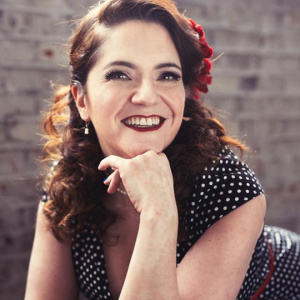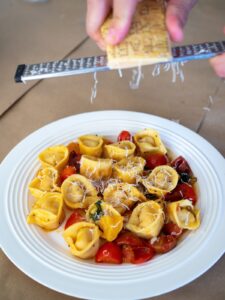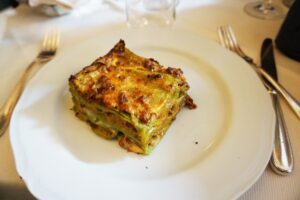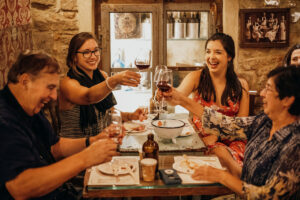Last Updated on November 8, 2025 by Emma Fajcz | Published: April 24, 2023
Bologna, the capital of the Emilia-Romagna region, sits about 73 miles almost due north from Florence. Its population is slightly larger than Florence, but it doesn’t have the Tuscan capital’s world-famous reputation for art or history and so isn’t always on the radar of travelers in Italy.
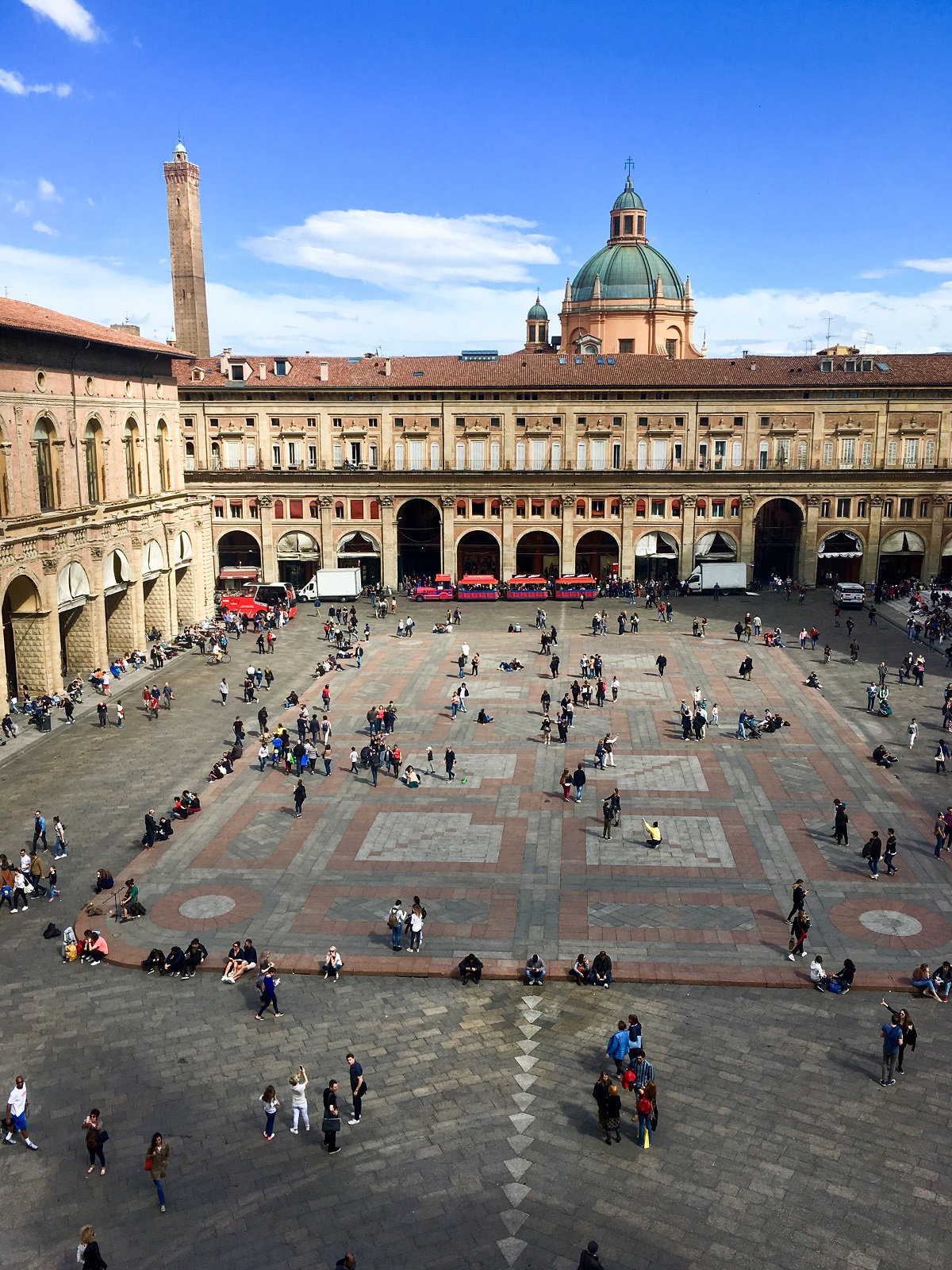
Unless, of course, you’re a foodie. In that case, you might make a beeline to Bologna and never leave.
Italy may be a country where food is an attraction and eating a pastime, but even among Italians, Bologna is in a class by itself. The city has several nicknames, among which a favorite is La Grassa, or The Fat One. It’s a nod to the local cuisine, known for its richness.
Dining isn’t the only reason to visit Bologna, however. There’s plenty of history, art, and culture to entertain visitors between meals, too. Here are some suggestions of what to do in Bologna.
Must-do activities in Bologna
Climb Bologna’s Two Towers, Asinelli & Garisenda
Pisa’s leaning tower is easily the most famous in Italy, but there are lots of tilted towers throughout the country. Two in Bologna are right next to one another: Le Due Torri, or the Two Towers.
The tallest, the Asinelli Tower, is about 319 feet tall (the tallest Medieval tower in the world) and the only one of the two you can climb. The Garisenda Tower is only about 157 feet tall, but it has a more pronounced lean. They date from the early 12th century and may have been built by rival families as a form of one-ups-manship.
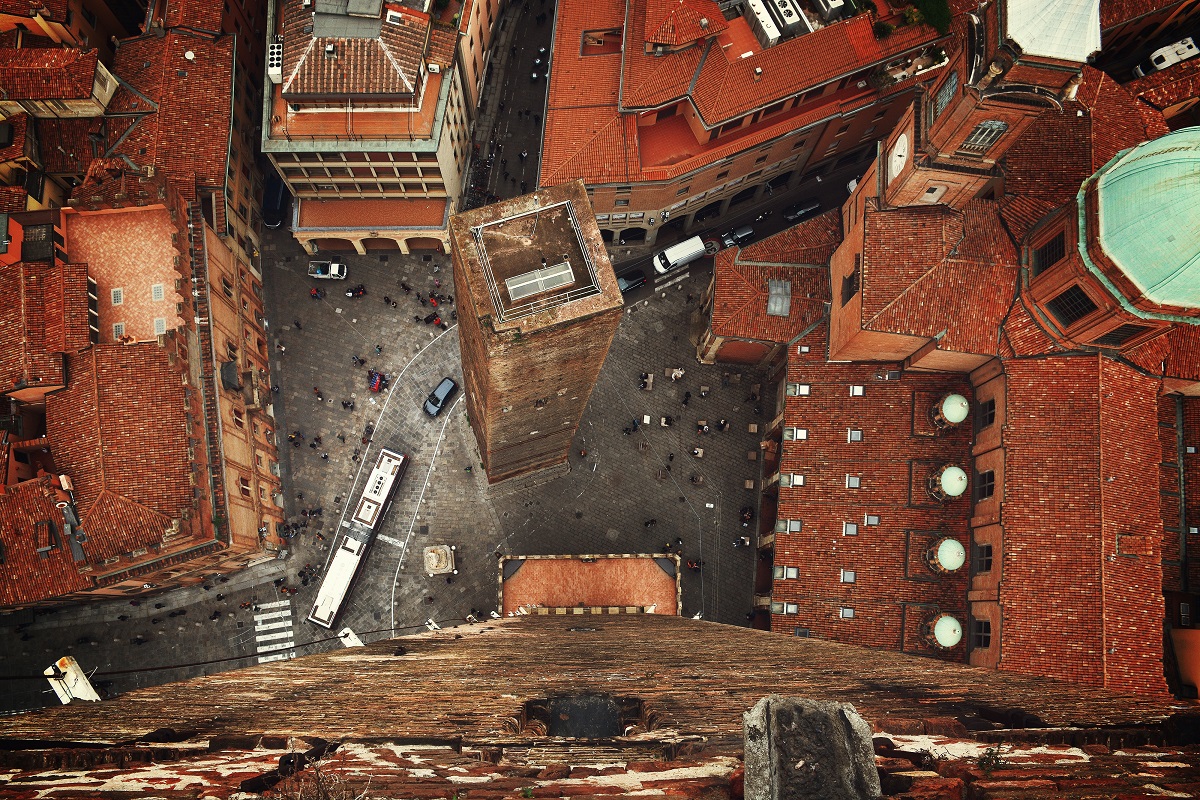
Spend time in Piazza Maggiore
Italian cities come to life in their public squares. Bologna’s Piazza Maggiore is the city’s main square, as oversized as the basilica that overlooks it.
The square is lined with other historic buildings and monuments, but it can be argued that the main draw of the piazza is the people-watching. There are cafes in many of the ground floor spaces, with tables set up around the edges of the piazza—lovely options for a leisurely afternoon coffee.
Admire the Neptune Fountain
One corner of the Piazza Maggiore turns into a small square, the Piazza del Nettuno, so named for the statue of Neptune on the fountain at the piazza’s center. The statue, designed by Giambologna, is surrounded by statues of cherubs and dolphins that symbolize four of the world’s famous rivers. Neptune’s trident has become symbolic of Bologna itself—it’s still used in the Maserati logo.
The other statues that might catch your eye are four bare-chested women whose breasts are “lactating” fountains. These are Nereids, which represented protection and fertility in the 16th century.
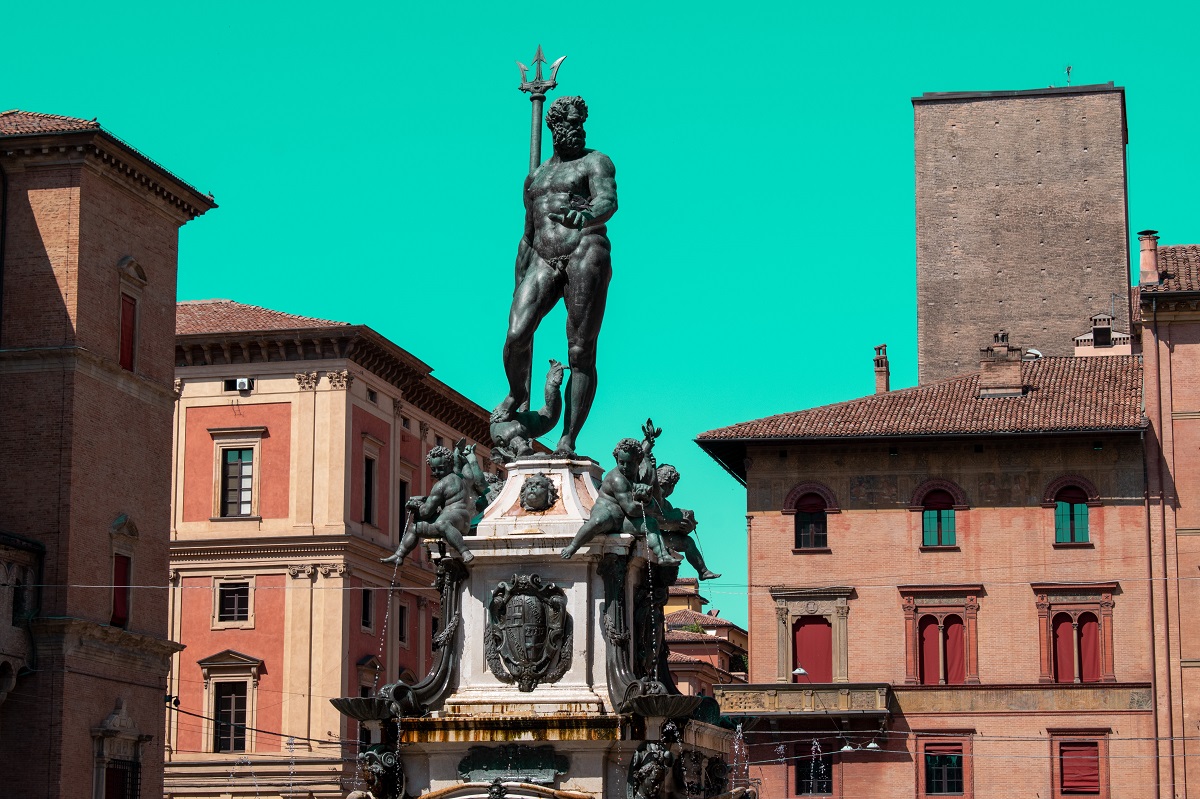
Explore churches in Bologna
Marvel at the Basilica of San Petronio
Bologna’s biggest church is also one of the largest in Europe. The Basilica di San Petronio was begun in the late 14th century but never finished—the whole facade was meant to look like the finished lower level, all multi-colored marble.
Even unfinished, however, it’s an impressive structure: 433 feet long, 216 feet wide, and 147 feet tall. (The original plan to make it larger than St. Peter’s Basilica in Vatican City was unsurprisingly thwarted by the pope.) Look for a huge sundial on the floor in the left aisle. It was added in 1655 by astronomer Giovanni Domenico Cassini, who was then teaching at the university.
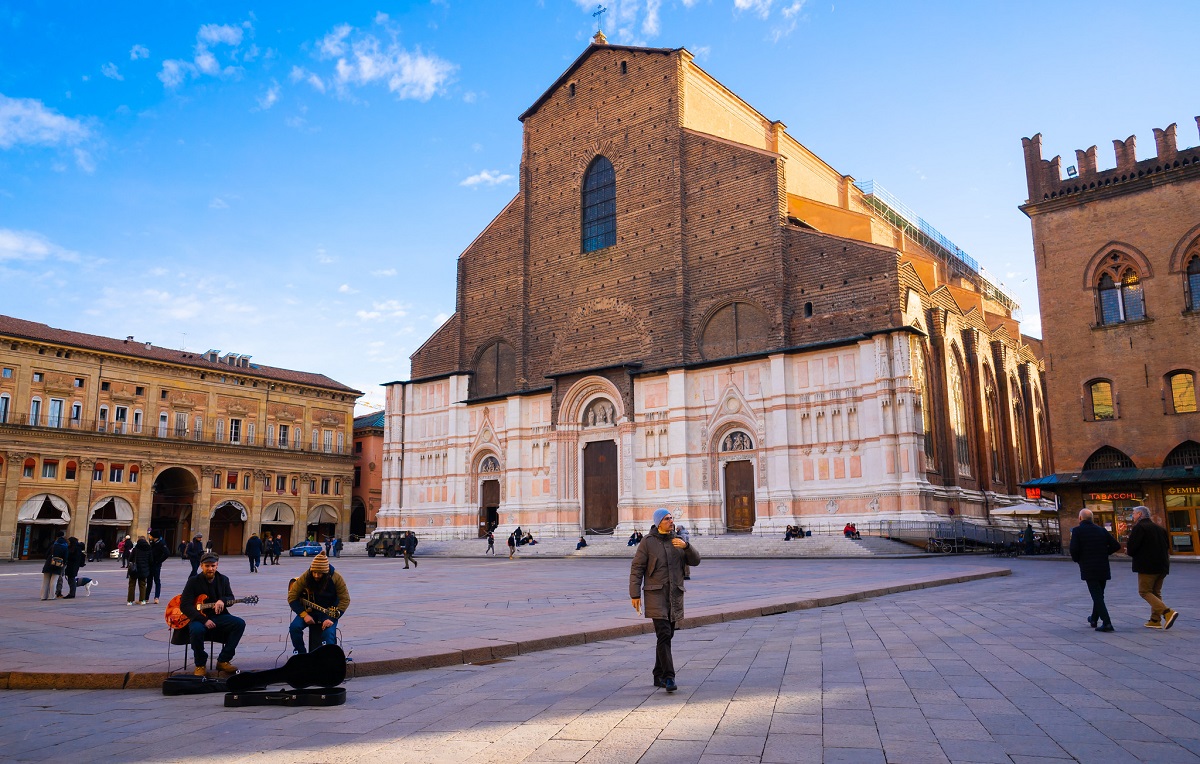
Count all seven churches at the Basilica of Santo Stefano
The name here is a bit deceptive. The Basilica di Santo Stefano is not one church, but seven, and so is also commonly called the “Sette Chiese,” or Seven Churches. The individual churches date from the 4th to the 13th centuries.
Discover Bologna off the beaten path
Hike (or take a bus) to Monte della Guardia
One of those porticoes (the longest in the world at nearly 2.5 miles) leads to the top of a nearby hill, Monte della Guardia, and the Santuario di Madonna di San Luca. The Portico San Luca trek gives you a chance to work up an appetite before dinner, and the reward at the top is an absolutely spectacular view overlooking the city—especially if you climb a little further to the Sanctuary’s roof. (And, yes, there’s a little tourist bus up the hill if you’d rather not walk.)
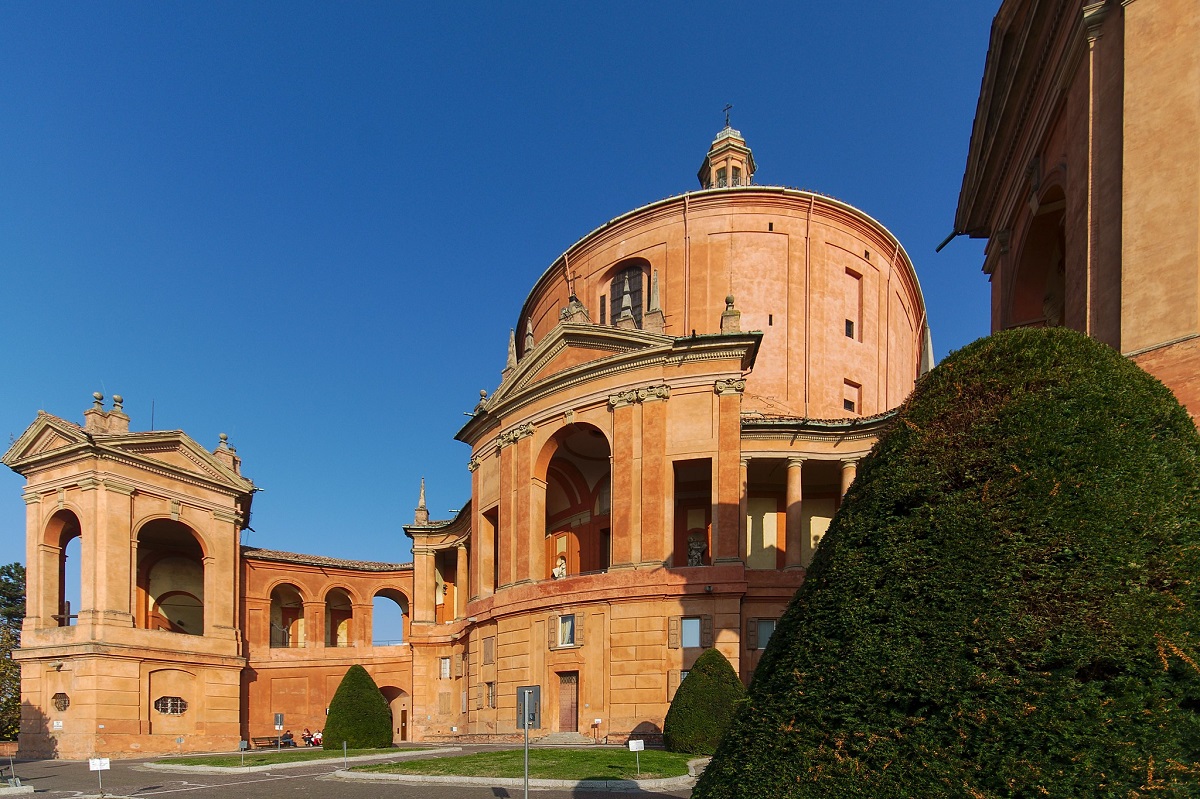
Peek into the centuries-old University of Bologna
Bologna is home to the world’s oldest continually operating university. Founded in 1088, the University of Bologna remains an important part of the fabric of the city—and you don’t have to enroll in order to explore its history. There’s a network of university museums (15 in all), including a collection of anatomical wax figures. The best-known attraction connected to the university, though, is its 17th-century anatomical theater in the Archiginnasio building. Medical students would have watched dissections take place on the marble slab at the center of the ornate wooden space.
Walk under the porticoes
Sidewalks are rarely attractions, but in Bologna they’re something special. Throughout the city, sidewalks are often covered with beautiful arched porticoes, many of which date from the 12th century. Bologna has more than 24 miles of porticoes in the historic center alone. Some have frescoes or other decorations inside, and some were even designated a UNESCO World Heritage Site in 2021. Just tread carefully, as marble walkways can become hazardously slippery when it rains.
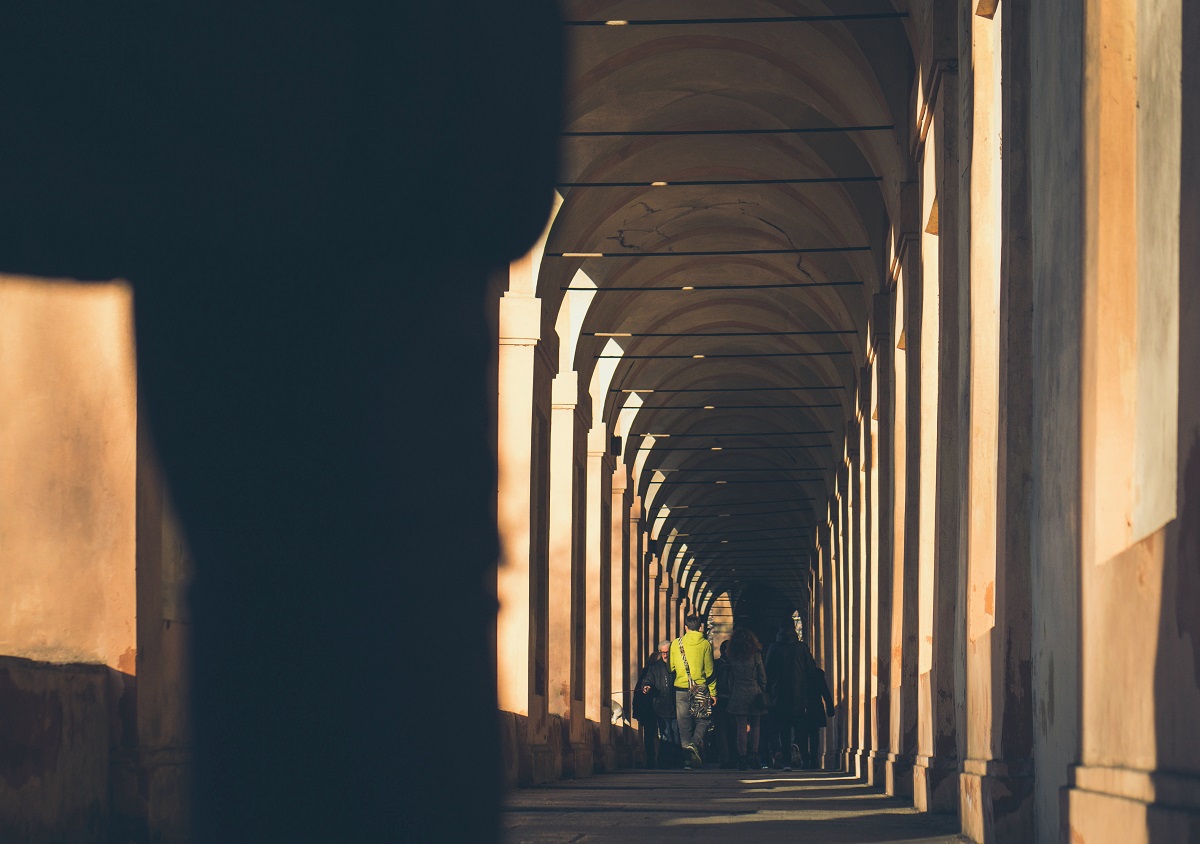
The canals of Venice are famous, but did you know there were once canals throughout Bologna, too? Very few remain, and you have to work to find them. There’s a little window in the wall along Via Piella (you might have to open the window’s little door) with a canal view that looks like it’s a Venice postcard.
Spend time at Bologna museums
Gaze at masterpieces on the walls of the National Gallery
There are actually more than 50 museums in Bologna, but we narrowed down this guide to two! First up, the collection on display at the National Gallery of Bologna (Pinacoteca Nazionale di Bologna) is largely dedicated to artists from the Emilia-Romagna region, and there are also works by Raphael, Titian, Tintoretto, El Greco, and Giotto.
Insider’s tip: Love looking at art? Our friends at Walks of Italy have put together a complete guide on the best museums, galleries, and art-adorned churches to enjoy art in Bologna.
Roll up your sleeves at the Gelato Museum
Travelers with a sweet tooth love the ubiquity of gelato, but you can really up the ante with a visit to Carpigiani’s Gelato Museum (located in Anzola, about a half-hour from Bologna by bus). The Carpigiani company makes gelato machines that are used throughout the country, and the museum offers visitors some gelato history along with opportunities to make and taste gelato.
Insider’s Tip: If you don’t have time to go to Carpigiani, check out our top picks for the best gelaterias in central Bologna!
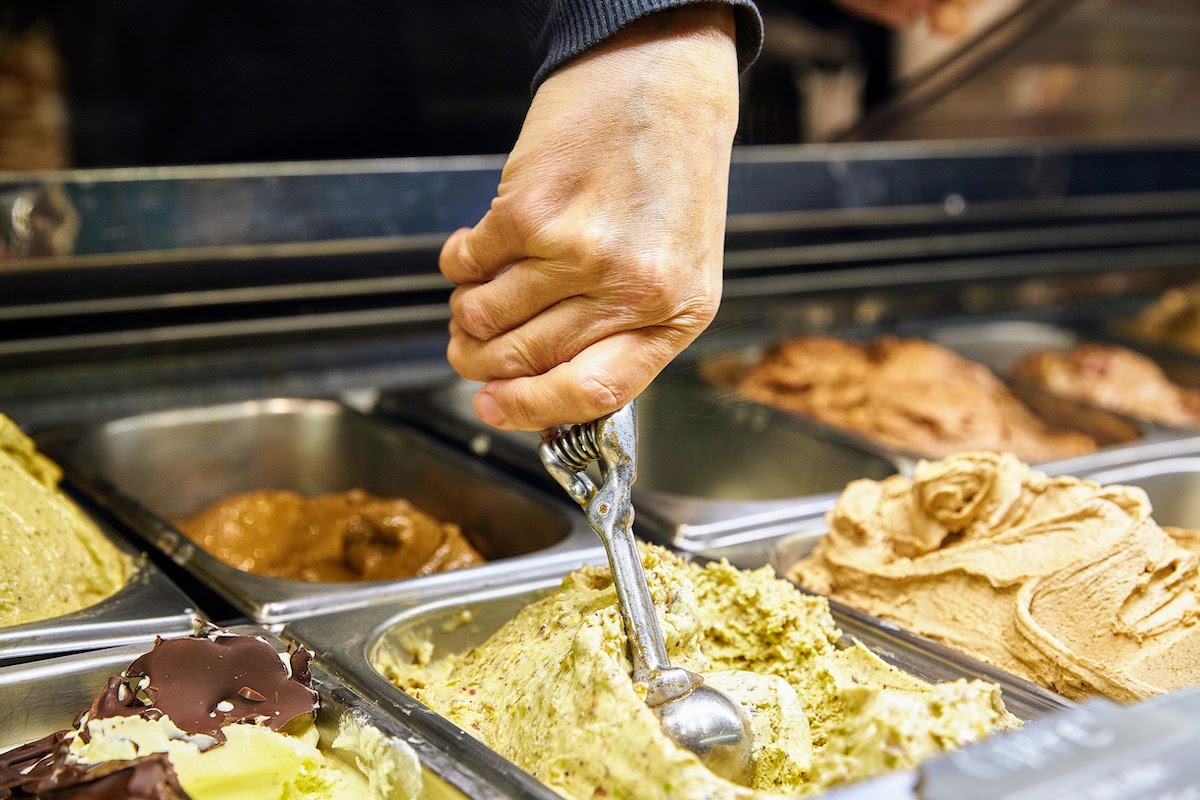
Best things to do in Bologna for foodies
Explore the amazing food and market scene
Things we think of as Italian staples, such as tortellini, prosciutto, balsamic vinegar, and parmigiano-reggiano, all come from the Emilia-Romagna region. Bologna specifically has given us mortadella, the (far, far superior) precursor to what we call “baloney,” and the meaty tomato sauce beloved the world over is known simply as bolognese (literally, “from Bologna.”)
You’ll see Emilia-Romagna’s and Bologna’s specialties on menus all over the city as well as in the food markets. The big indoor Mercato delle Erbe is an excellent stop, rain or shine. Market stalls spill onto sidewalks of the Quadrilatero streets, too, with all manner of produce as well as meats, cheeses, and freshly made pastas—all of which is a few steps from the Piazza Maggiore.
There are places to stop and eat in both the indoor and outdoor market areas—which is handy, because you’re bound to be peckish.
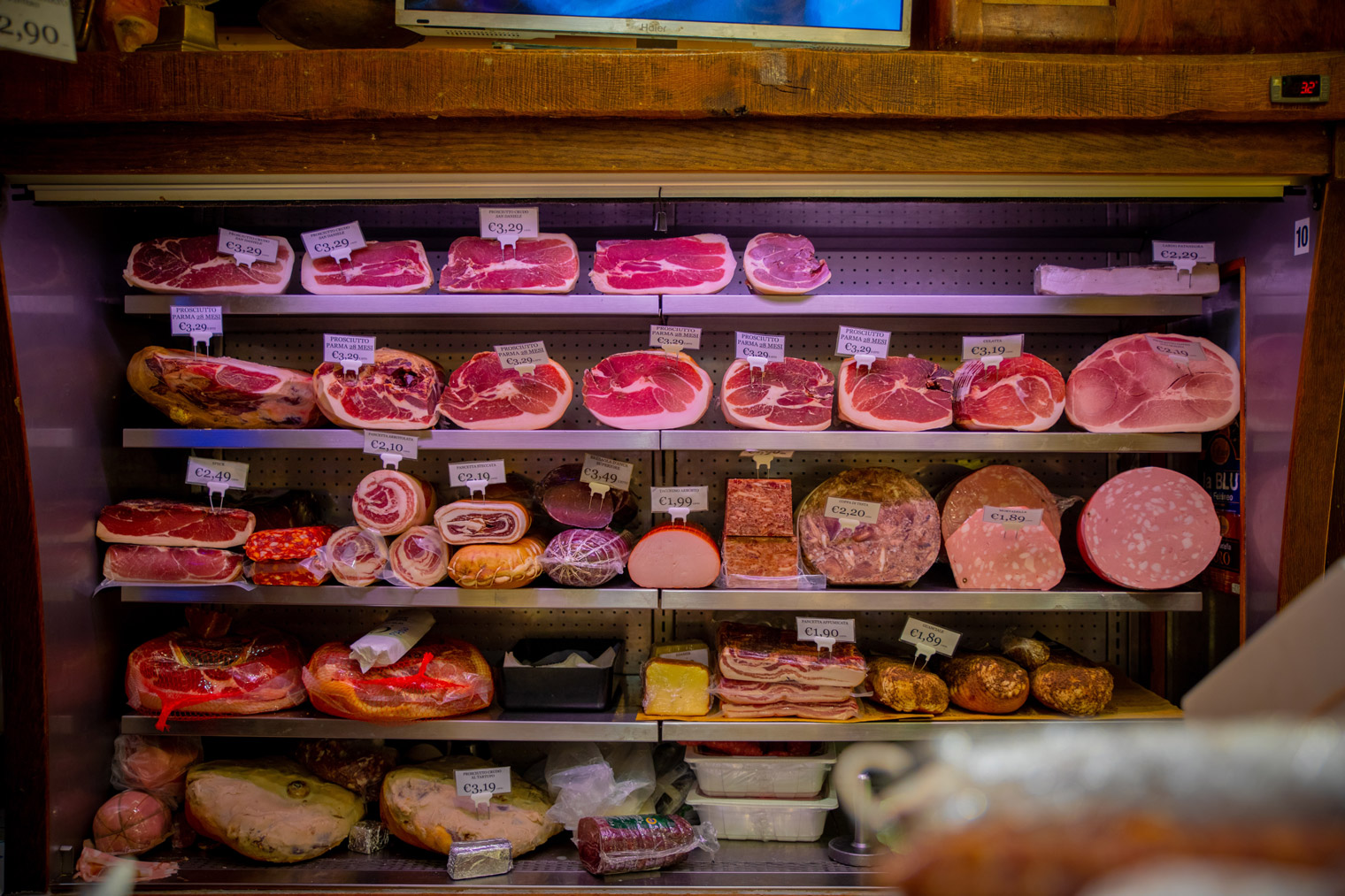
Bologna isn’t called La Grassa – “the fat one” – for nothing. Come hungry to enjoy this delicious destination. Photo credit: Ryan Ladd
Explore the local coffee scene
If you’re a coffee enthusiast, then you’ll love Bologna. Simply put, there are tons of places to find the best coffee in Bologna. Whether you’re looking for traditional Italian coffee or something a little more creative, you’ll find it here.
Italians take their coffee seriously, and Bologna is no exception!
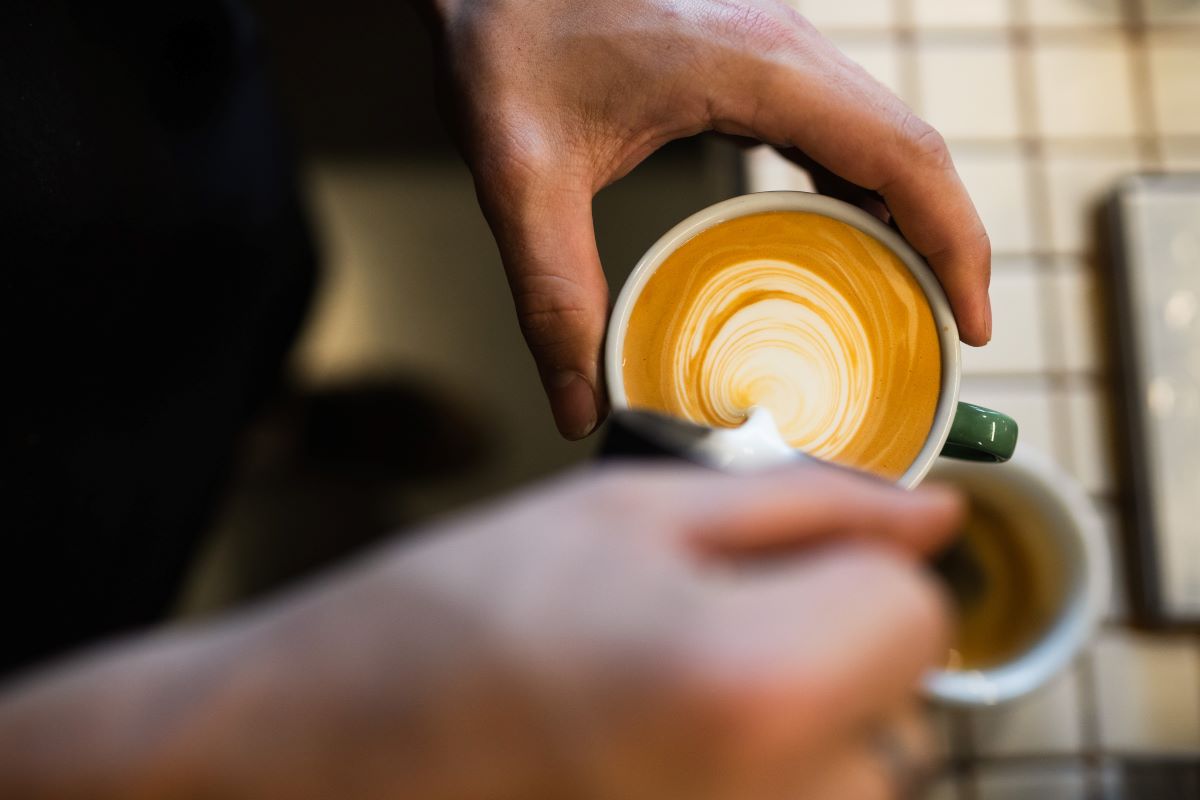
Top things to do near Bologna
Zoom around Motor Valley
Several of Italy’s famous luxury automobiles come from the area around Bologna. Ferrari, Lamborghini, Pagani, and Maserati all have factories a short distance from the city and from one another, as does motorcycle maker Ducati. Each has its own museum, and there’s even a test racing track behind the Ferrari factory.
Bring the whole family to FICO Eataly World
Bologna is home to a unique kind of theme park: FICO Eataly World is a theme park dedicated to food, the largest of its kind in the world. It’s located less than 4.5 miles from the city center, and there’s a free shuttle bus included in the park’s ticket price. There are some rides, but the focus is definitely on food and food production—including 13 mini-factories making things like pasta and mortadella, a sort of petting zoo of farm animals, and spaces for food demos and classes. And, of course, there are dozens of markets and restaurants to choose from.
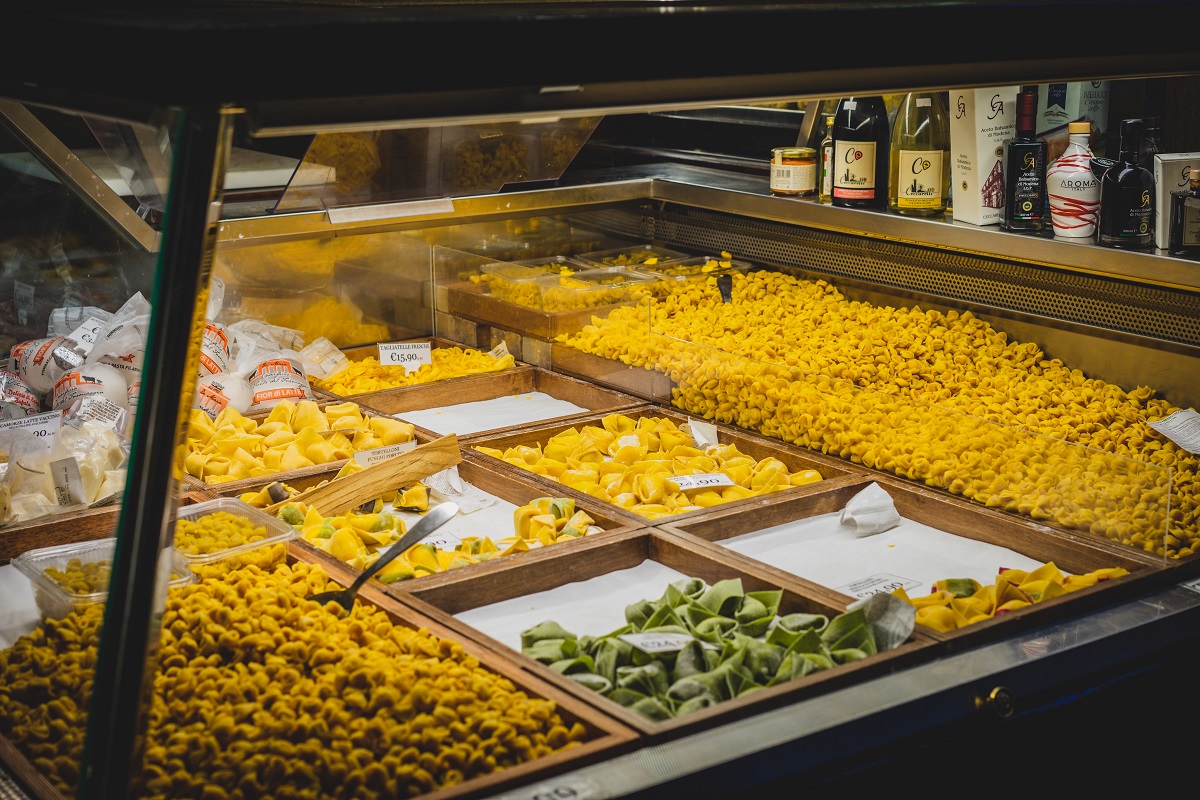
Explore International Cuisine Like a Local
Join one of our top-rated food tours that are offered in many cities throughout the world! With the help of our expert local guides, you’ll get to see, hear, and taste your way through these cities and learn about their fascinating histories and cultures.
